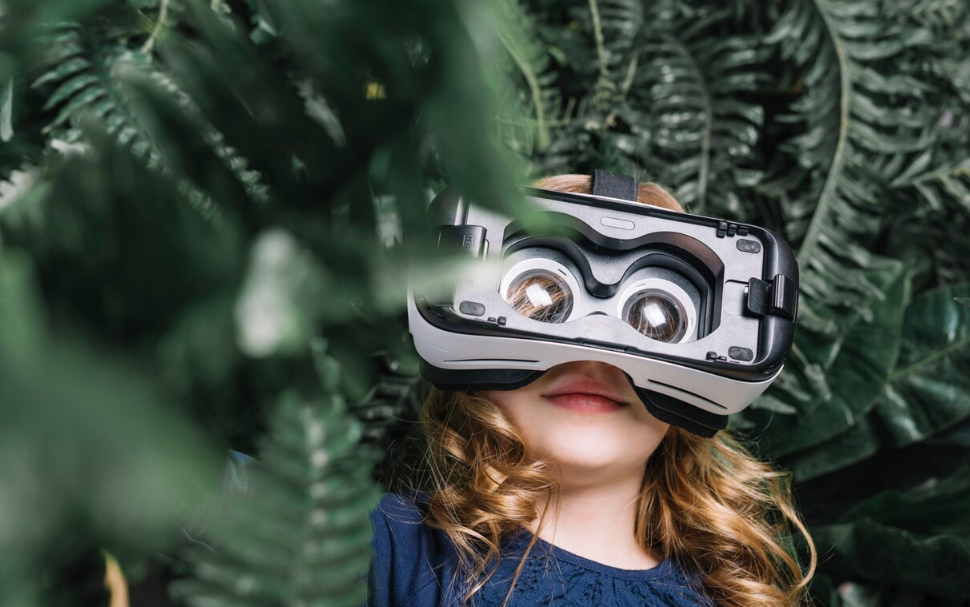What if emotions—those invisible, shifting currents of human experience—could be made physical? In the intersection of design, data, and psychology, a new frontier is emerging: 3D-printed emotions. This isn’t about metaphor or metaphorical “heart-shaped” objects. It’s about converting raw emotional data into tangible, sculptural forms—objects that are not only visual but touchable, giving emotions new dimensionality.
In this world, a feeling isn’t just felt. It’s printed.
The Concept: Turning the Abstract into the Physical
Emotions are notoriously hard to quantify. They are deeply personal, often irrational, and influenced by countless internal and external factors. But thanks to advances in biosensing, data visualization, and 3D printing, it’s now possible to map emotional states as data structures, and then transform them into physical artifacts.
These “emotion sculptures” serve as personal records, art pieces, or even therapeutic tools, allowing us to externalize and reflect on our inner states in new ways.
From Feeling to Form: How It Works
1. Data Collection
The process begins with emotion tracking. This can be done using:
- Wearables that measure heart rate variability, skin conductance, and temperature
- Facial recognition systems that detect microexpressions
- Voice analysis tools capturing emotional tone and intensity
- Self-reporting apps where users log their feelings throughout the day
This emotional data is timestamped, categorized, and converted into structured datasets.
2. Data Interpretation
Using psychological models (like Plutchik’s Wheel of Emotions or Russell’s Circumplex Model), the data is translated into emotion profiles. These profiles include:
- Type of emotion (e.g., joy, fear, anger)
- Intensity levels
- Duration and frequency
- Transitions between states
Each parameter can be mapped to visual elements, such as shape complexity, curvature, density, or volume.
3. Form Generation
Design software or generative algorithms transform the data into 3D models. For example:
- A week of fluctuating anxiety might become a tangled, dense sculpture.
- A moment of joy could result in a light, expansive, symmetrical shape.
- Emotional growth might be visualized as an evolving spiral or layered form.
These models are then printed using resin, PLA, or biodegradable materials, creating a physical manifestation of an emotional journey.
Applications and Possibilities
🎨 Emotional Art
Artists are using emotion-based 3D printing to create installations where each object reflects a moment in time or a state of mind. These pieces invite viewers to empathize through form.
🧠 Mental Health & Therapy
Therapists and patients can track emotional progress through physical artifacts, offering a non-verbal language to discuss difficult experiences. A monthly sculpture could visually reflect progress in emotional regulation or stability.
🧬 Personal Data Memorials
People are starting to 3D print their own emotional logs—a “year in feelings”—as personal mementos or modern emotional diaries. Each object becomes a time capsule of inner life.
👥 Empathy Tools
In education or social awareness campaigns, these sculptures can help others understand invisible emotional states, such as anxiety, grief, or trauma, through visceral, visual experience.
Challenges and Questions
- Subjectivity: Can a complex human feeling truly be captured in a shape?
- Privacy: Emotional data is deeply personal—who owns it once it’s turned into art?
- Interpretation: Will two people interpret the same emotion sculpture in the same way?
- Commercialization: Should emotional states be commodified into products?
These issues lie at the heart of this evolving practice and require careful ethical consideration.
The Future: Emotional Design as Reality
As technology continues to blur the boundaries between digital and physical, and between inner life and outer expression, 3D-printed emotions may become part of how we document and share our lives. Imagine a home filled with artifacts that reflect not just memories, but emotional landscapes—sculptures born from laughter, sadness, hope, or healing.
In the end, this movement isn’t just about printing emotions. It’s about giving form to the invisible, and acknowledging that our feelings deserve not only to be understood, but seen, held, and remembered.


